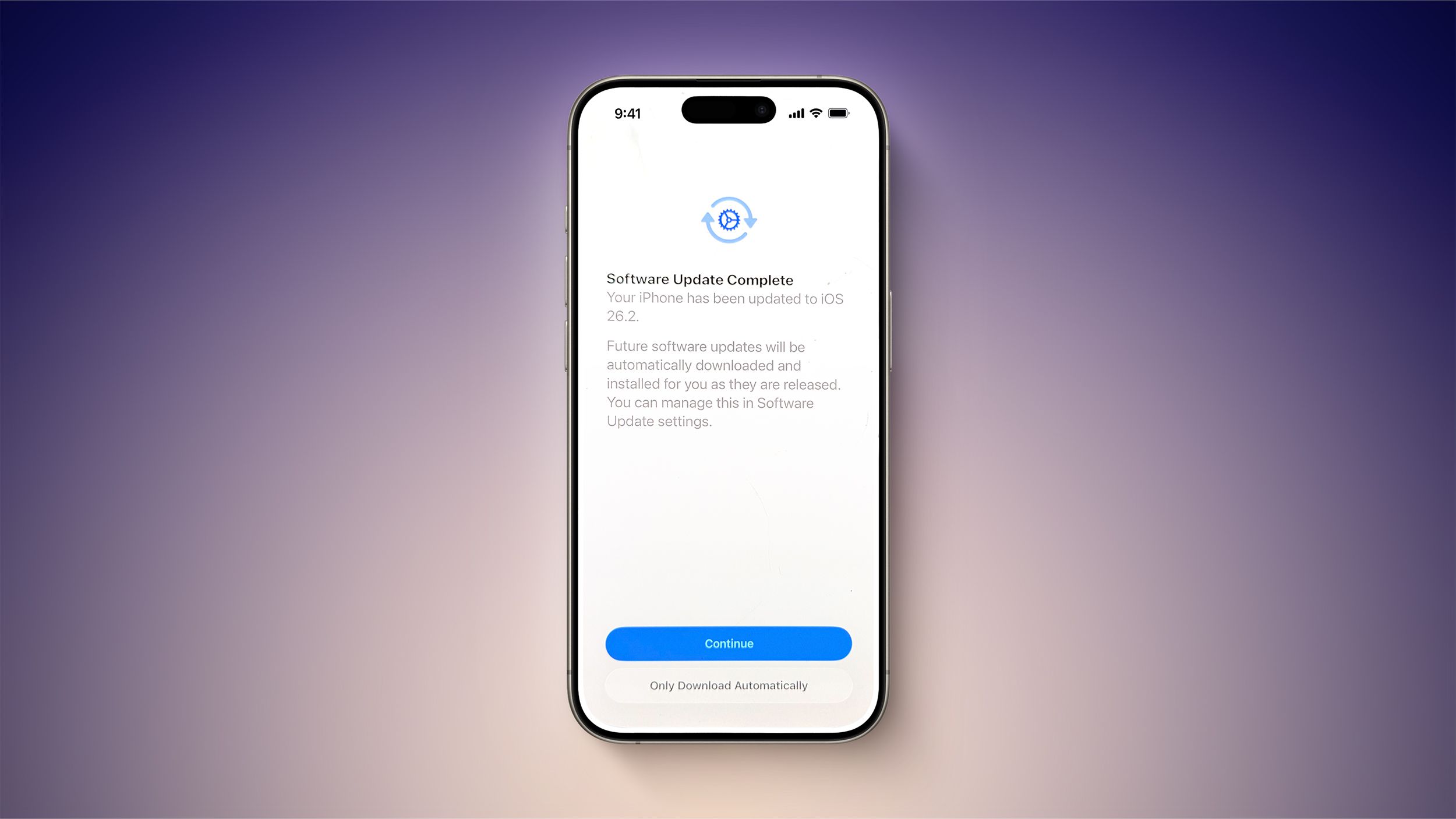
The Apple Card, which Apple launched with help from Goldman Sachs, has received a lot of attention since it was released. One of the reasons behind this attention is that this credit card is integrated with Apple Pay, which has made getting credit easier for Apple users. However, the credit card market is full of many options with various benefits that users utilize for different purposes such as travel, online shopping, and online gambling. According to casino expert Jonathan Askew, many players prefer to bet with their credit cards because of the bonuses they get at eligible online casinos and author Askew has created a guide they can follow to claim these benefits. With credit cards offering varying benefits to users, it's become important to compare what they offer, which is why we'll be taking a look at how the Apple Card performs when set side by side with its competitors.
First of all, when comparing credit cards, it's important to list the key factors that users must look out for to ensure that they choose the best card for their financial needs. One of these factors is the rewards that a card offers, such as miles earned, points, or cash back that users can earn when they make purchases.
Another factor that users need to keep in mind is the fees that credit cards will charge them as they vary. For example, some card providers charge hefty annual fees, whereas others charge none. Users who travel abroad frequently or buy from international merchants could also face foreign transaction fees that can add up.
There's also a crucial factor that all users need to know, which is the Annual Percentage Rate (APR) they'll need to pay as total interest on all balance transfers and purchases. Additionally, many credit card providers offer new cardholders sign-up bonuses that users need to be aware of.
Now that we know what users need to look out for when choosing a card, let's discuss the factors that have made many people interested in the Apple Card beyond its integration with Apple products so we can gain a better understanding of its offerings before we compare it with competitors. One of these factors is that the Apple card doesn't require users to pay fees such as late fees, annual fees, and foreign transaction fees, which has drawn many people to it who want to spend money at online stores, streaming services, or crypto gambling sites that are registered in other countries but operate globally.
Users have also been drawn to this card because it has a cashback program that rewards them with 3% cash back when they spend money on Apple products, 2% when they make purchases with Apple Pay, and 1% when they pay with the physical card. Tech-savvy users also appreciate the security and privacy that the Apple Card offers, such as the ability to use a different card number for each purchase, and requiring Touch ID or Face ID to authenticate payments.
Additionally, many users like the sleek and user-friendly interface that the Apple Card comes with, which cardholders can access on the Wallet app, which provides them with comprehensive budgeting tools and spending summaries. These features have helped many users with managing and tracking their expenses efficiently and effectively.
However, to remain objective in our comparison of the Apple Card with its competitors, we also have to review this card's drawbacks. The first of these is that this card limits bigger cash backs to Apple product purchases and a few other merchants, which is not that helpful for individuals who want to spend broadly. Another drawback is that for users to maximize their rewards, they must use Apple Pay, which might not be accepted by the stores and service providers they want to pay using the card. Also, users don't get any sign-up bonuses when they get their Apple Cards.
With the knowledge we now have of what the Apple Card offers and what users need to look for when choosing a credit card, let's start seeing how Apple Cards measure up to their competitors. We'll start with the Citi Double Cash Card, which has a simple rewards structure that offers 2% cash back whenever users make a purchase. This cashback is doled out in two steps though, as users get 1% when they buy and the remaining 1% when they settle their debt.
Compared to the Apple Card, the Citi Double Cash Card is better suited for users who want more cash back across various merchants. However, Apple Cards are still best for buying Apple products as the larger cash backs they offer on these purchases can offset interest payments.
Next up, let's see how the Apple Card measures up to the Chase Freedom Flex card, which has a revolving rewards structure that offers up to 5% cash back on some categories and a flat 1% on other purchases. When compared to the Apple Card, this card offers lower rewards overall as users have many options where they can use Apple Pay and get 2% cash back on their purchases.
Now let's see how this card compares to the PayPal Cashback Mastercard that gives users 2% cash back on purchases made with this card. The obvious benefit that this card offers that Apple Cards can't offer is its integration with PayPal accounts, which makes it ideal for users who use this payment service frequently. However, the flat 2% cash back the PayPal Cashback Mastercard offers makes it slightly more enticing as users can gain cashback consistently without requiring specialized payment methods like Apple Pay, which are not available everywhere.
Lastly, let's explore how the Apple Card performs when compared to the Capital One Venture Rewards Credit Card, which is tailored for users who travel a lot by offering them 2 miles for every dollar they spend using this card. A drawback of this card compared to the Apple Card is that it requires users to pay a $95 annual fee. However, for frequent travelers, this fee can be offset by the various travel rewards and numerous redemption options it comes with.
















